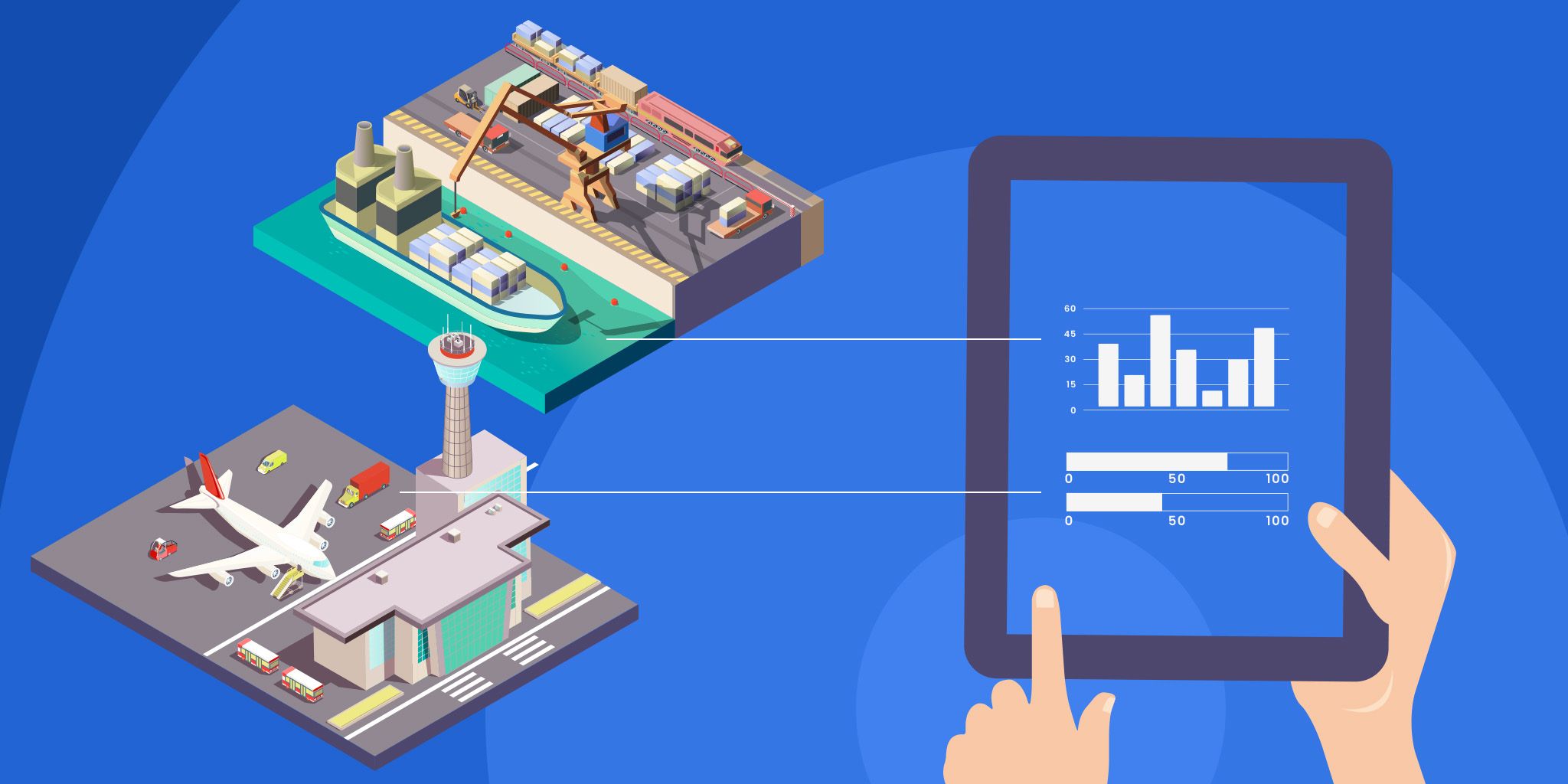Open-Standards Adoption Boosts IIoT in Smart Factories With Universal Connectivity
Open-Standards Adoption Boosts IIoT in Smart Factories With Universal Connectivity
- Last Updated: October 1, 2025
Emily Newton
- Last Updated: October 1, 2025



Manufacturers are accelerating toward Industry 4.0, but disconnected systems still create barriers. Devices from different vendors prevent data sharing, leaving Industrial Internet of Things (IIoT) investments underused and factories struggling to reach full efficiency.
Open standards solve this challenge by enabling universal connectivity. With systems speaking the same “language,” manufacturers gain seamless access to interoperability. Adopting open standards is a practical step forward — it is creating a fully integrated, future-ready ecosystem for companies building smart factories.
The Importance of Open Standards in Achieving Universal Connectivity
Open standards are the key to turning isolated smart systems into repeatable solutions. When devices and edge gateways share common protocols and data models, teams avoid costly point-to-point integrations and can move from one-off proofs to scaled rollouts.
This seamless integration is crucial because 92% of manufacturers say smart manufacturing will be the overall driver for competitiveness within the next three years. That investment scale makes interoperability a priority, with the global market for smart manufacturing increasing to $349.48 billion in 2024.
This urgency matters because legacy equipment and vendor-specific stacks still prevent smooth data flow. Overcoming those gaps is a recurring challenge across the industry, so standardizing how data is modeled and transported reduces integration effort.
Numerous open standards are already in play and have become core building blocks for IoT ecosystems. For instance, the OPC Unified Architecture (UA) is a widely adopted industrial standard for data modeling and secure messaging. It provides a way to expose machine data, so higher-level systems can consume it consistently.
Using these standards reduces custom adapters and improves data quality, shortening time to value for smart-factory initiatives.
Key Benefits of Open-Standards Adoption in IIoT
Adopting open standards changes what factories can achieve. By gaining consistent data flows and vendor-agnostic interoperability, manufacturers shorten pilot cycles and create the data foundation needed for scaled automation.
Add Devices Without Starting Over
Open standards remove the need for one-off, point-to-point adapters, so factories can bring new machines online without rebuilding integrations each time. This repeatability makes multi-site rollouts realistic and lowers the effort required to scale into production-ready programs.
Faster Insights, Less Friction
When sensor readings follow common models, analytics and control systems ingest important data immediately. This ability leads to real-time monitoring, faster troubleshooting and quicker feedback loops for operators.
For example, predictive-maintenance programs powered by connected sensors and analytics can cut annual maintenance costs by about 10% and reduce downtime by roughly 20%. This direct operational gain is due to reliable data sharing between devices, enabling technology to produce trustworthy results quickly.
Save on Integration and Rework
Standardized data models reduce custom engineering work, lower integration costs and shrink pilot-to-production timelines. Those savings increase because design and integration decisions made early drive a large share of long-term manufacturing costs. Such a reduction in rework and improvements in data handoffs can protect margins.
Smart Factories as a Use Case for Open Standards
Smart factories depend on consistent, machine-readable data across engineering, production and supply-chain systems. When devices and software expose the same semantic models and APIs, factories can enable repeatable workflows.
An example is the Asset Administration Shell (AAS), an open standard and data-container model for industrial digital twins. Industry pilots using AAS have shown large gains. IDTA partners report cost and time savings of up to 67% in engineering and up to 79% improvement in product life cycle management (PLM) processes due to standardized submodels replacing manual data handoffs.
Those results matter because they facilitate faster design cycles, fewer production delays and cleaner data for analytics. Large vendors and original equipment manufacturers (OEMs) are already publishing AAS instances and integrating their interfaces into PLM and automation tools. Therefore, open standards are moving to production platforms due to the value universal connectivity creates for smart factories.
Strategies for Implementing Open Standards in IIoT for Smart Factories
Moving to open standards is an ongoing process. These strategies focus on the organizational choices that make standards adoption repeatable and resilient across sites.
- Get Executive Alignment Around Outcomes
- Prioritize Use Cases That Prove Value Quickly
- Create a Governance Layer
- Align Vendors and Partners Early
- Reuse Community Models and Standards Where Possible
- Plan Migration in Phases
- Build Lightweight Measurements and Feedback Loops
- Invest in People and Adoption
The Future of Open Standards and Smart Factories
Manufacturers are moving from experimentation to expansion. Recent industry reports found that 51% of enterprises have already adopted IoT and increased their budgets in 2024. That momentum makes standards a high priority.
Market forecasts also estimated that there were 16.6 billion connected devices in 2023, increasing to about 18.8 billion by the end of 2024. A large-scale adoption will demand more reliable management among factories. At that magnitude, interoperability and common data models are necessary because they are the only way to ensure consistent application onboarding and governance.
When those connections are built on open standards, the business outcomes follow with easier rollout and maintenance. Then, use cases such as predictive maintenance have a real impact and drive uptime gains.
Gaining the Full Potential of Universal Connectivity
Open standards turn IIoT from a costly tangle of integrations into a repeatable engine for productivity. Companies incorporating it into early decision-making will reduce costs and downtime and gain the full value of IoT-driven operations.
The Most Comprehensive IoT Newsletter for Enterprises
Showcasing the highest-quality content, resources, news, and insights from the world of the Internet of Things. Subscribe to remain informed and up-to-date.
New Podcast Episode

Industrial IoT and Connectivity
Related Articles




